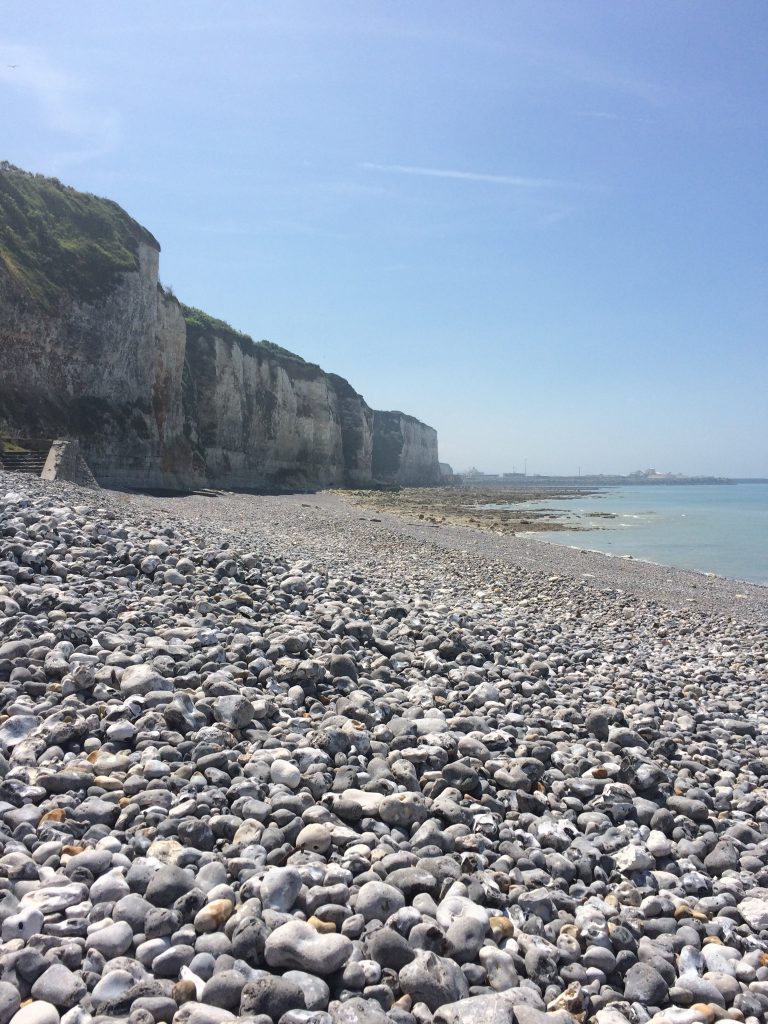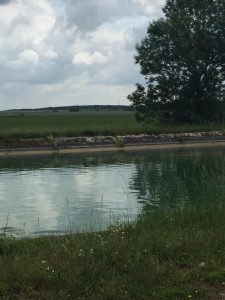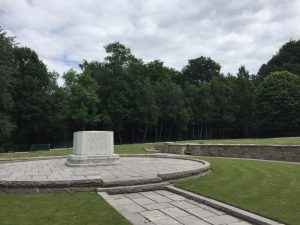Why Dieppe? This is a question that I have often heard asked about the Dieppe raid. There are different variations of the question: Why did the Allies choose this particular location to launch a raid? Why 19 August? What was the purpose of the raid? Why was it the Canadians who carried out the raid? These questions are often asked in light of knowing the result of the Dieppe raid, and with the assumption that Dieppe was a massive failure in all regards.
During our visit to Dieppe today, we were encouraged to cast aside the privilege of hindsight and consider the information the Allies had at the time that went into the decision making process. For example there were only a few locations along the French coast that were close enough to England for transporting the troops and to allow for the provision of air support. There were also considerations to be made for weather conditions, tides (to be able to land and then withdraw once objectives were reached), and moon phase (at new moon, so the landing craft would not be seen in the moonlight by the Germans). Each of these factors contributed to narrowing the window of opportunity and where a raid could be launched. The original plan was also altered to a frontal attack on the main beaches rather than from the rear because of anticipated difficulties with constructing bridges to cross the rivers along the way.
We also discussed that there was an increasing need for Britain to relieve pressure from Russia in the east by opening up a second front in the west. There was also pressure on the home front to see our troops in action at this point in the war. In many cases people are not satisfied with these explanations and are searching for a single purpose for the raid. However, it is only by considering all of these factors regarding what decision makers knew at the time that we can begin to understand why Dieppe happened.
I presented at Dieppe today on the Essex Scottish regiment that fought as part of the landing at Red Beach. I was shocked when I read there were 75% casualty rates with the regiment by the time they withdrew at 11am. I found doing research on the experiences of the Essex Scottish on August 19 to be a helpful exercise in expanding my knowledge of the operational side of Dieppe, rather than just a focus on how we remember the raid more broadly. Despite an examination of secondary sources and excerpts of the war diaries, contributing to what I thought was a thorough understanding of what happened at Red Beach, I found the conceptions I had crafted in my head to be entirely different when I saw the landscape before me. This is what I think is the greatest value of this trip – the experiential learning, viewing the landscape in real life alongside the maps and text. As our leaders began to explain what occurred for other regiments surrounding the Essex Scottish, I was able to situate them within the larger context of the raid while trying to imagine what Dieppe looked like when the Canadians landed almost 75 years ago.
Sara Karn



